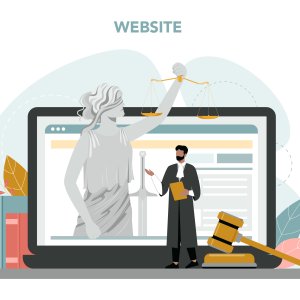Transforming Businesses Through Self-Service Technologies

STORY INLINE POST
Over the course of history, we have immersed ourselves within a series of technological milestones that have been a watershed for the economy, productivity, and efficiency and, for society at large. Think about the invention of the wheel, the development of agricultural hand tools, followed by the Industrial Revolution and today, the transformation driven by information and self-service technologies.
However, if we draw back to current times, even without looking at a concrete time at all, a business' fundamental premise should be to work less and to generate a higher worth; therefore, becoming more profitable while delivering better services. That is exactly what technological tools are bringing to the world these days and their use is the trend in which both businesses and individuals alike are immersed.
This way, bearing in mind the work less and provide better services surmise, we realize the importance of leveraging technology so that, instead of relying on human resources to focus on tasks that could be automated, we use hardware and software to perform those same tasks in a more agile and human-error-free fashion. This is not about dehumanizing businesses but, rather, directing individuals to where they can add the most value and not where they can do repetitive tasks that would bring us back to Industrial Revolution times. The human approach must involve making analytical decisions based on the information generated by systems.
As we become more aware of the fact that technology can be brought closer to people, we also realize that we can make the most of it to provide customers with a faster response, solving their needs without them waiting their turn, simply in a quicker and more accurate way. Here is where self-service technologies step in, from ATMs to withdraw money from our bank account and even to pay for services, deposit money and many other options that would have been unimaginable just a few years ago, to gas stations, self-service payments at supermarkets, buying airline tickets and insurance online, and so on. Moreover, today, there are even chatbots with which you can interact using a human language and receive services or information. This is another step forward to empower customers to solve their needs in a more agile and accurate way, without human interaction.
Considering the examples above, it would seem that self-service technologies are geared toward a business-to-customer approach but actually they can also generate great potential value when these self-service techs are used for business-to-business operations, where a company or business makes use of technology to enable customers to self-serve themselves and buy a product or service without having to go through a person to assist them. Thus, the overall processes become more streamlined, generating higher turnover, reducing overhead costs and achieving business goals in a more cost-effective manner. For example, so-called insurtech companies are emerging in the insurance industry. These are companies that use a mobile application or online portal to enable their customers to obtain insurance policies at a click, avoiding the need for a cumbersome, tedious and time-consuming procedure. Héctor Gónzalez, CEO at Safelink, explained that they decided to implement the MySafelink platform, for their clients to be able to obtain a marine insurance policy in 5 minutes or less, have their shipment protected under all the guarantees and security that technology confers through the automated issuance of an email containing the policy and the corresponding invoice.
This is a competitive advantage that is gradually becoming a true commodity and businesses and companies will be left behind if they do not join the automation trend or if they do not give their customers the possibility to access services or their own statements online or to even obtain quotes on their own.
To sum up, it is crucial to recognize that the trend is to direct technology for businesses not only toward the generation of information and automation of tasks but also toward allowing customers to take control of their service and product requests, as well as to obtaining real-time data about the status of all supplier transactions. This can all be achieved with self-service technologies and, gradually, we will see more and more of them being adopted across different industries. An example is the UXBI ERP system that features a core module within its "customer dashboard" license, which enables the customers of the business licensee to easily obtain new quotes, place orders, and access billing and payment information. As a result, communication between customers and providers gets closer, thanks to the automated channels that self-service and customer-dashboard technologies provide. By doing so, the goal of leveraging technology across industries to make businesses more profitable and customers happier with an ever-increasing satisfaction rate becomes a reality.
























